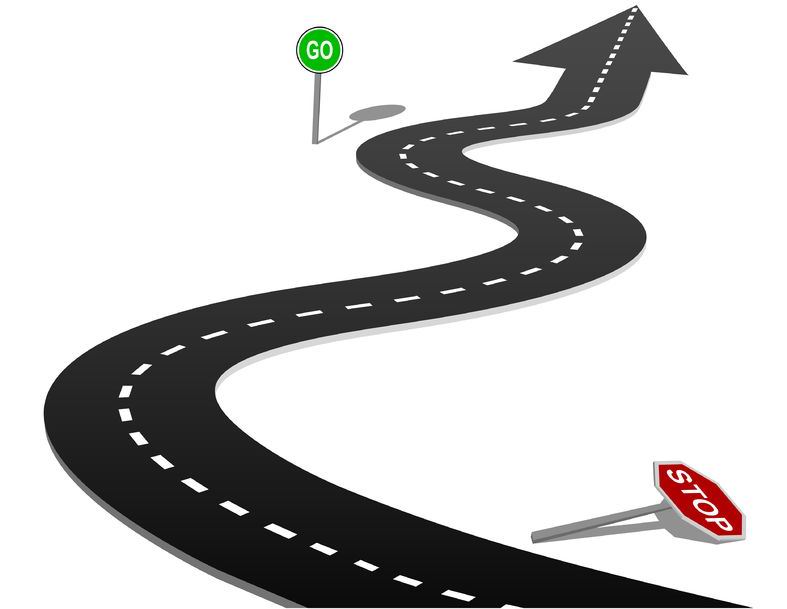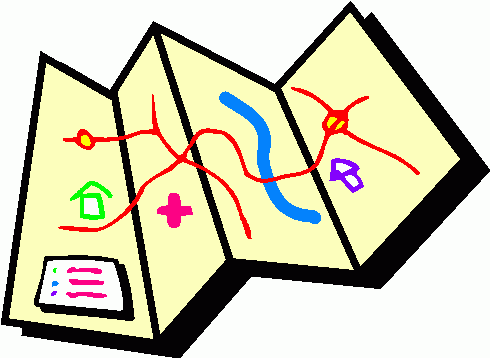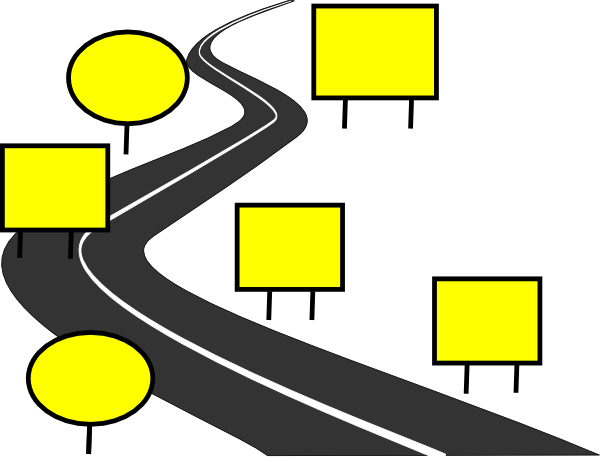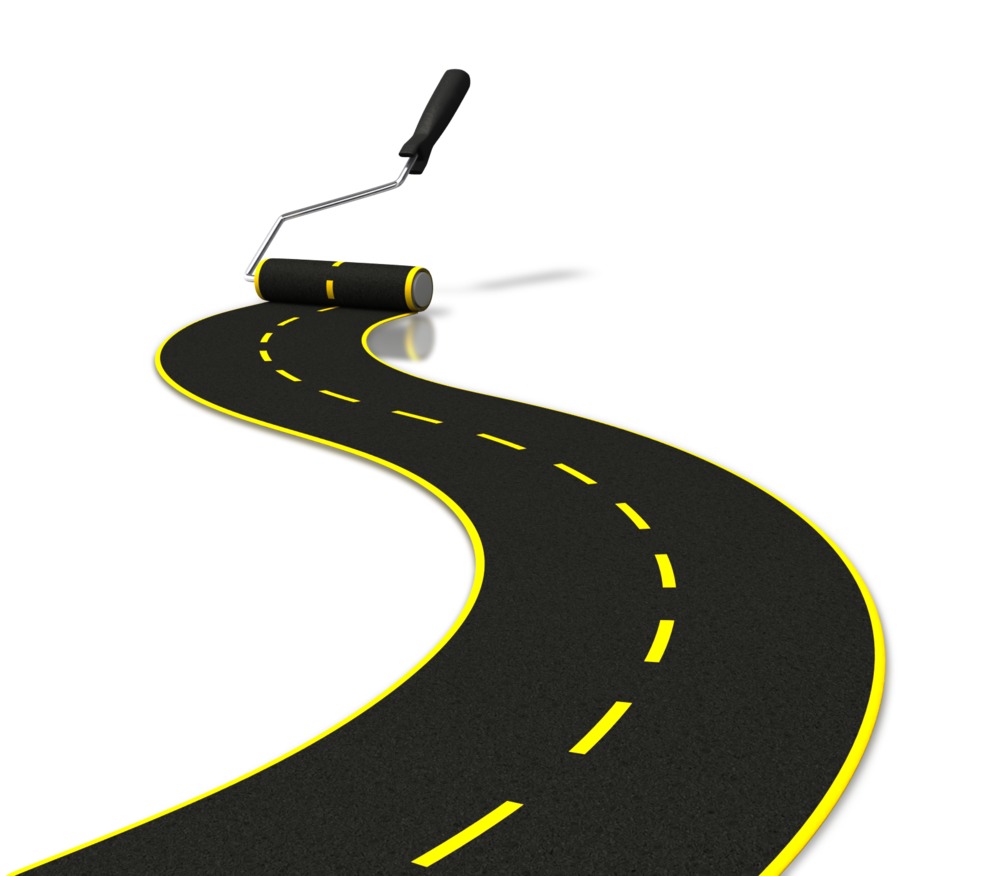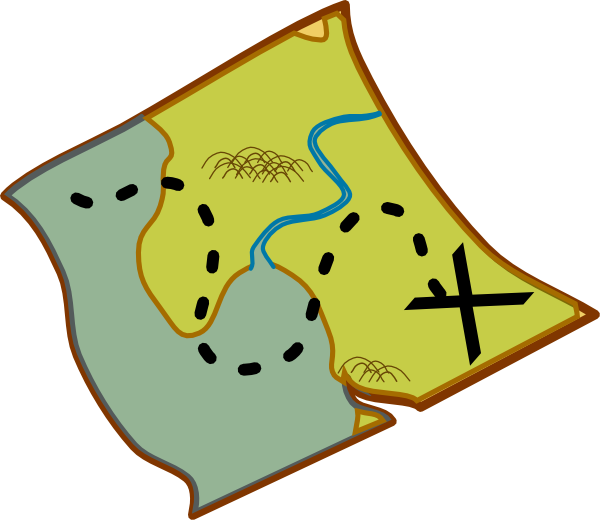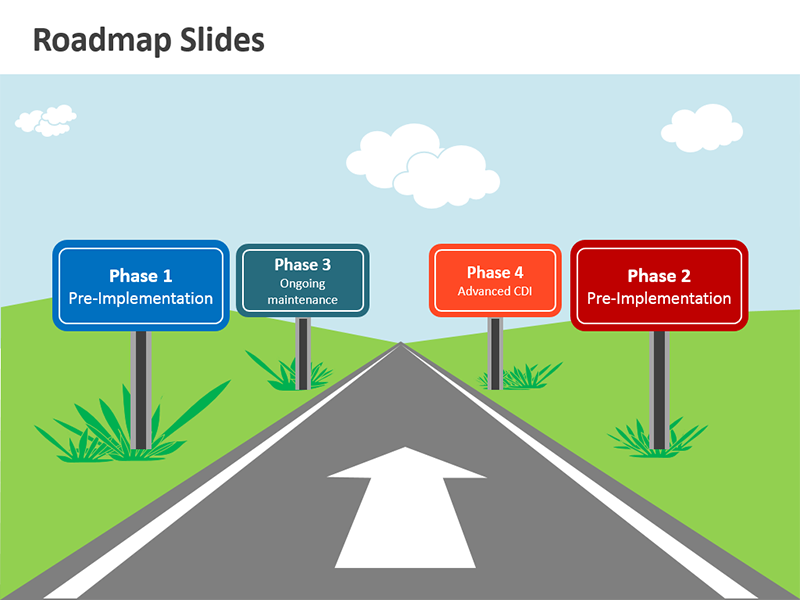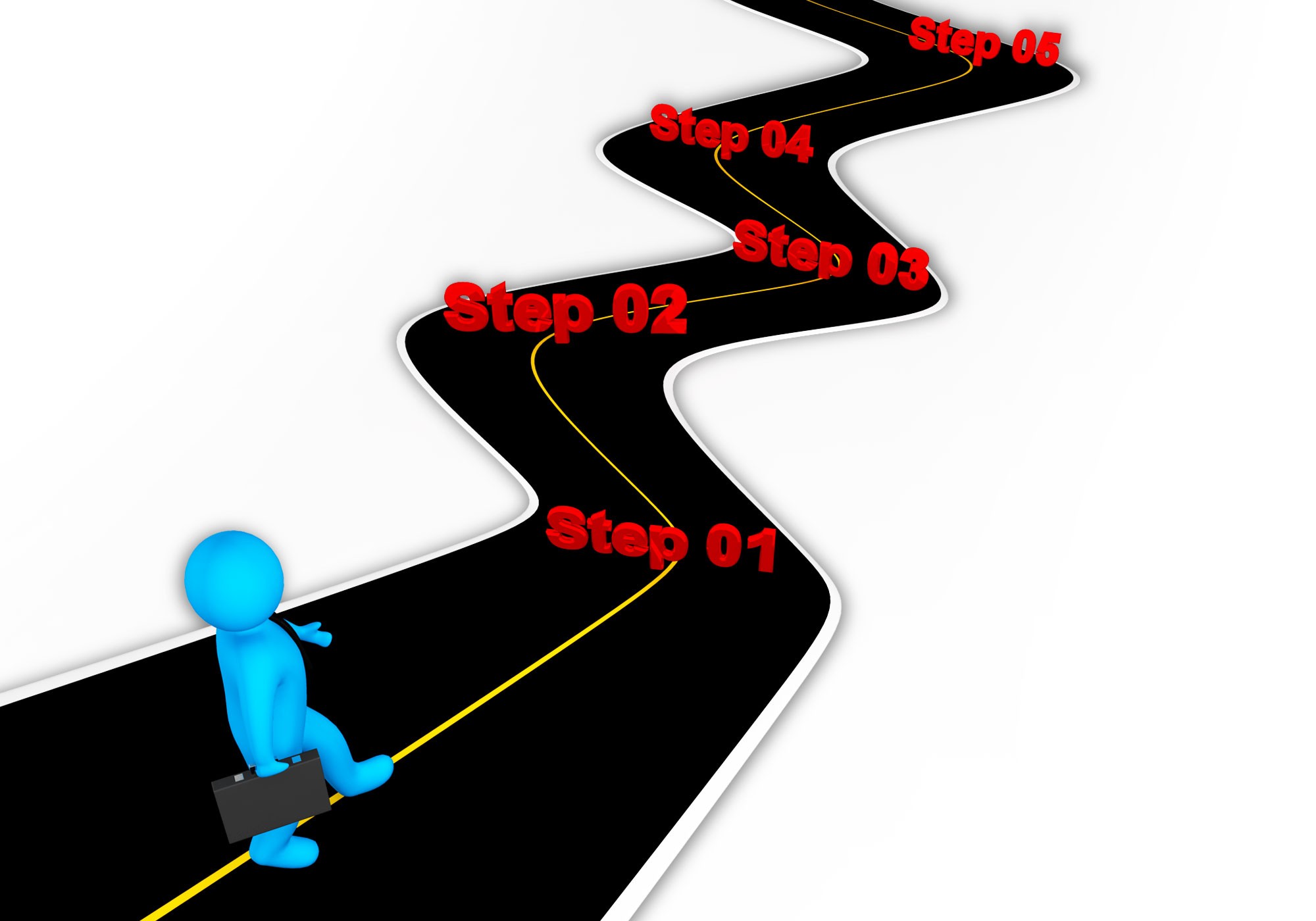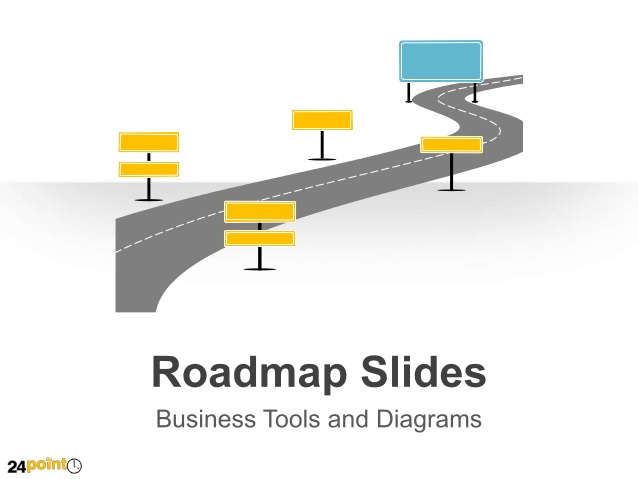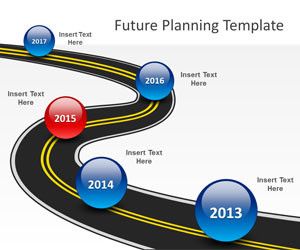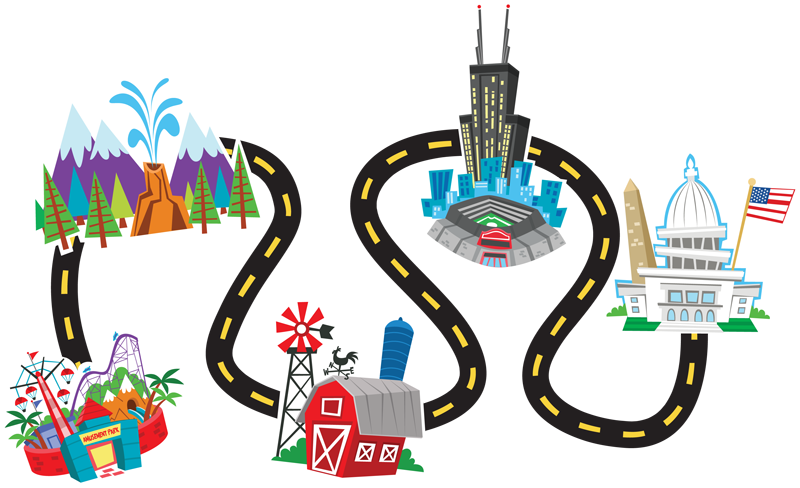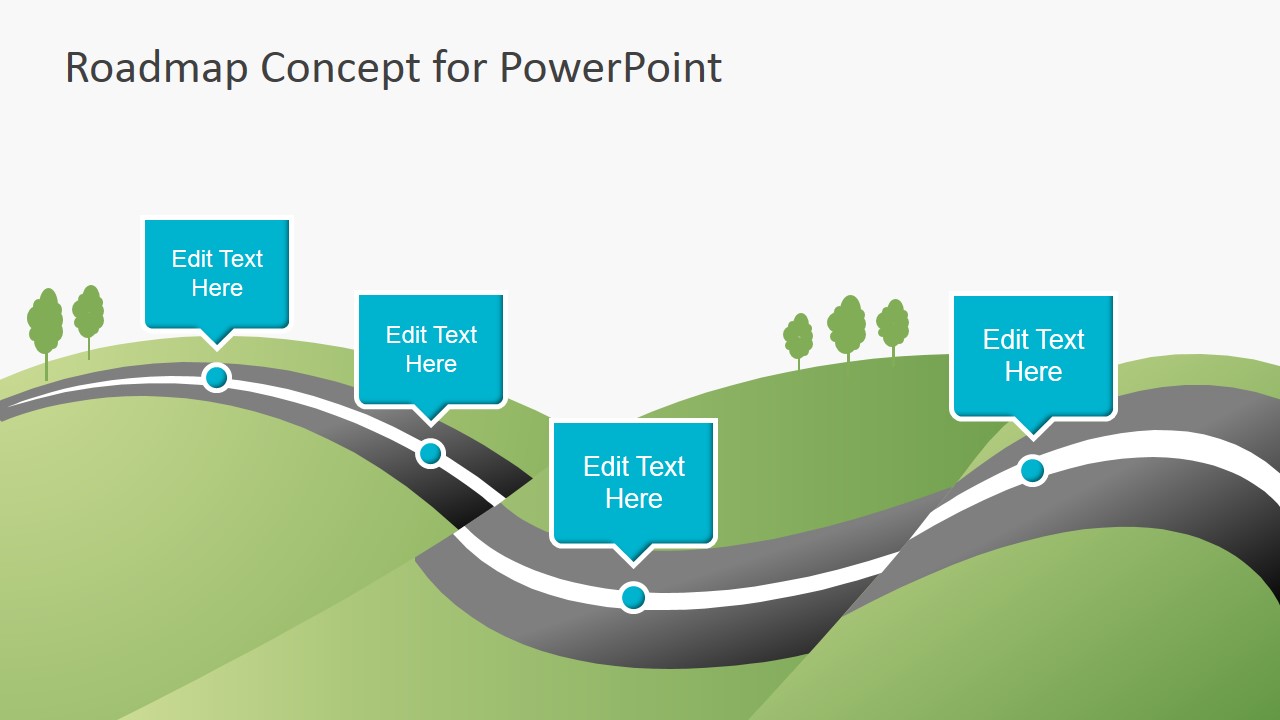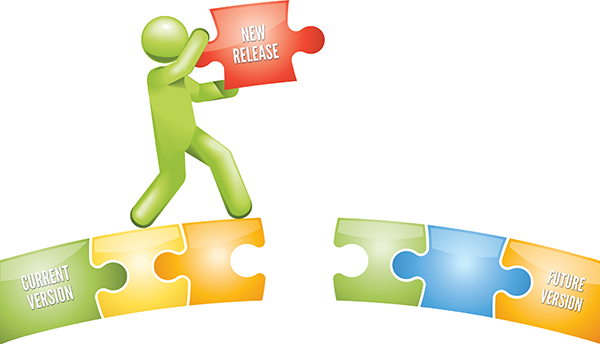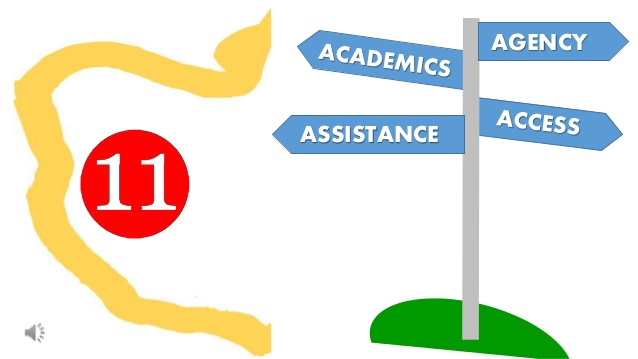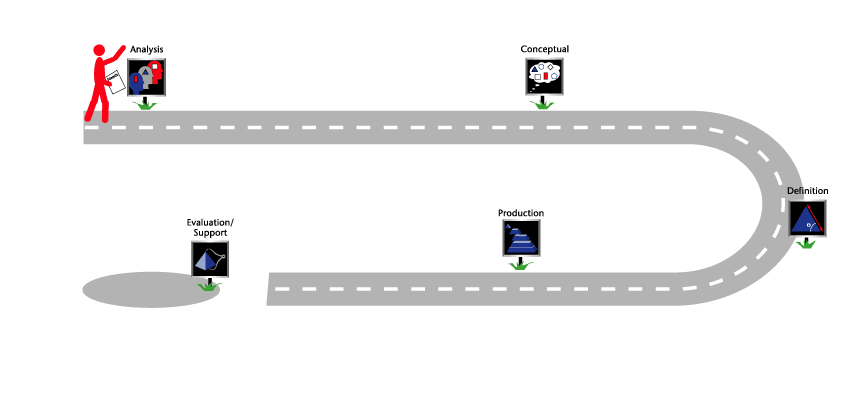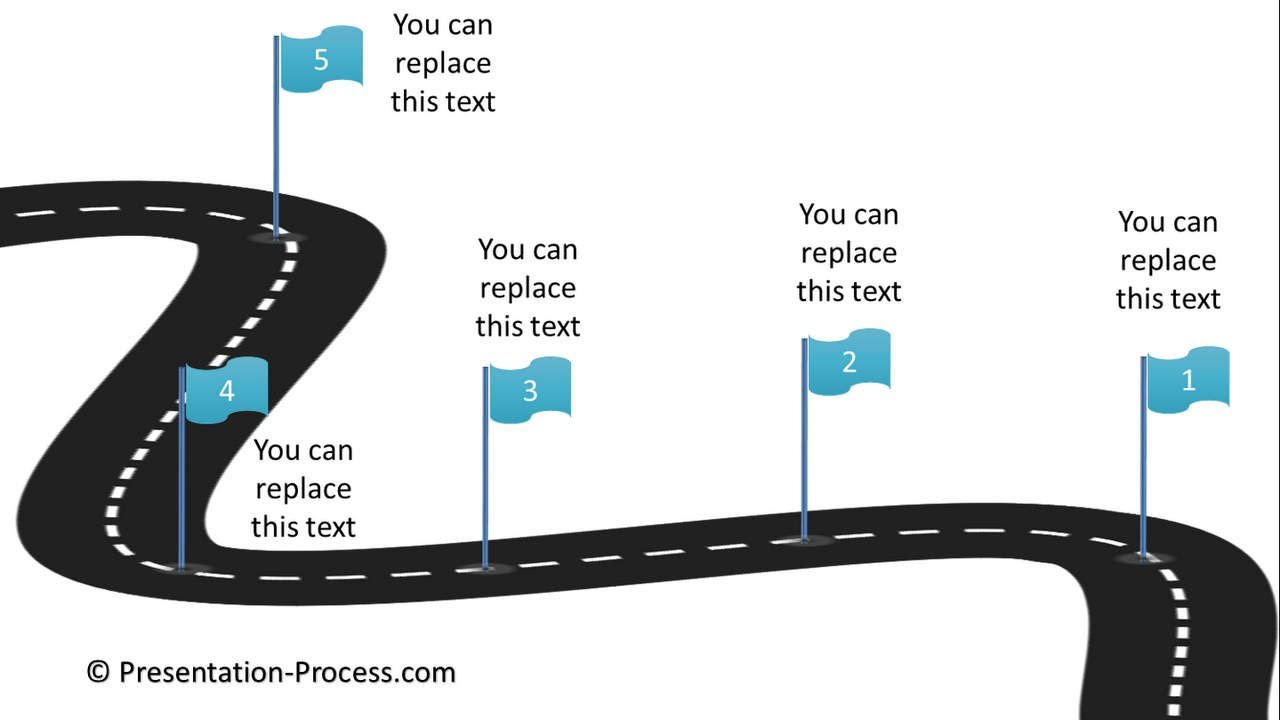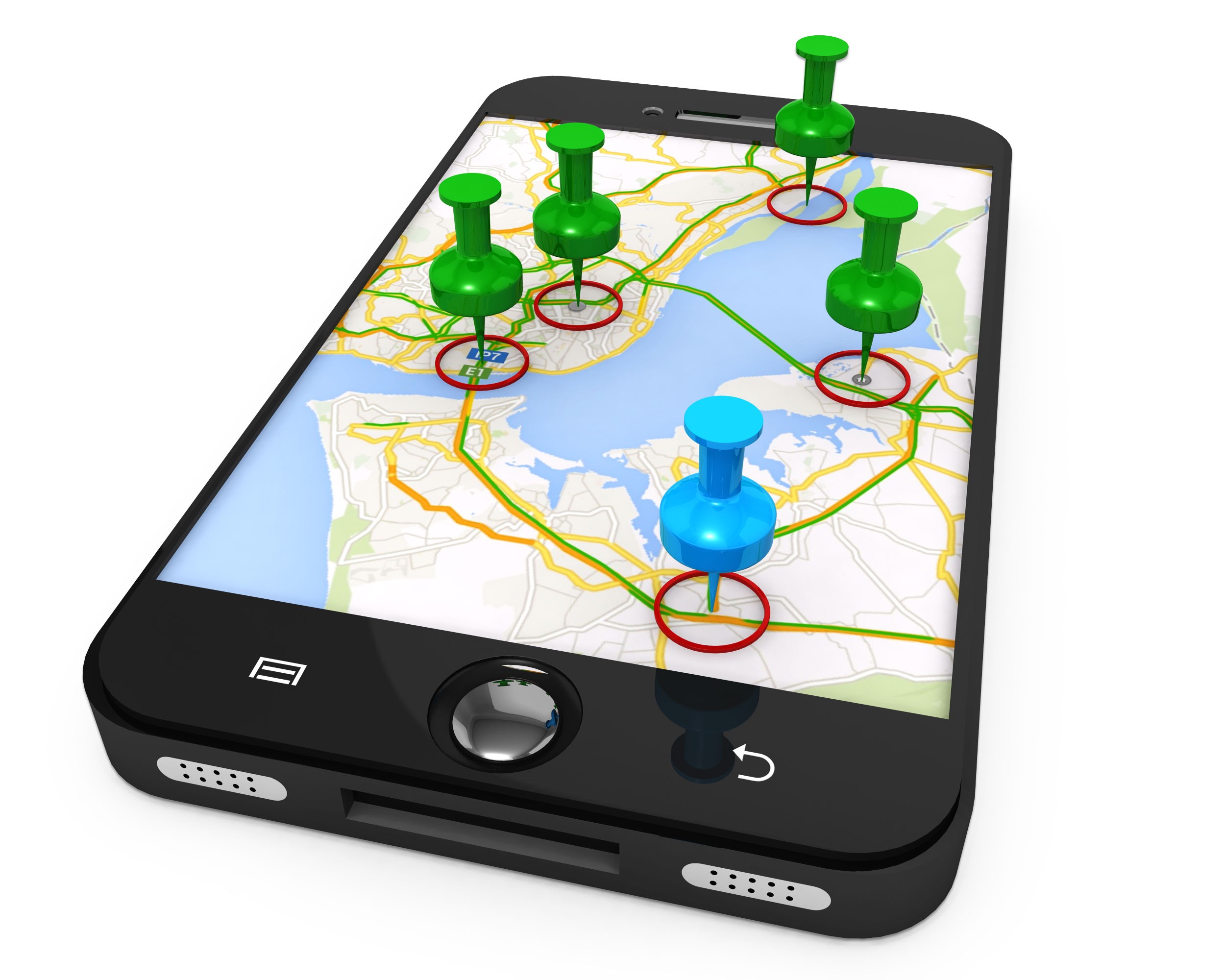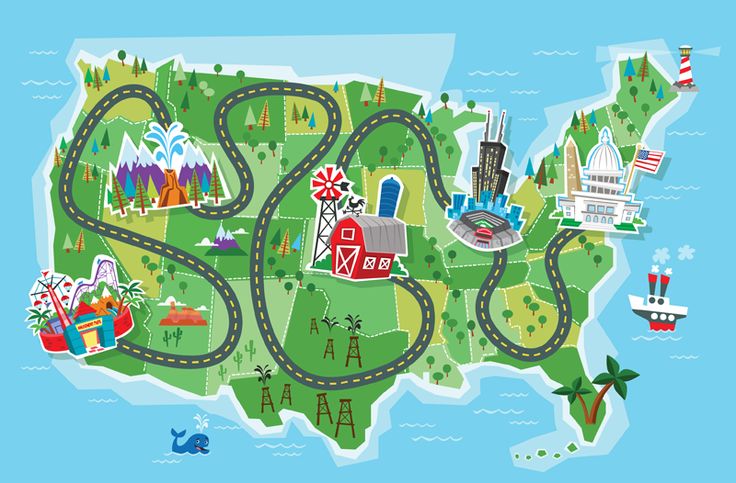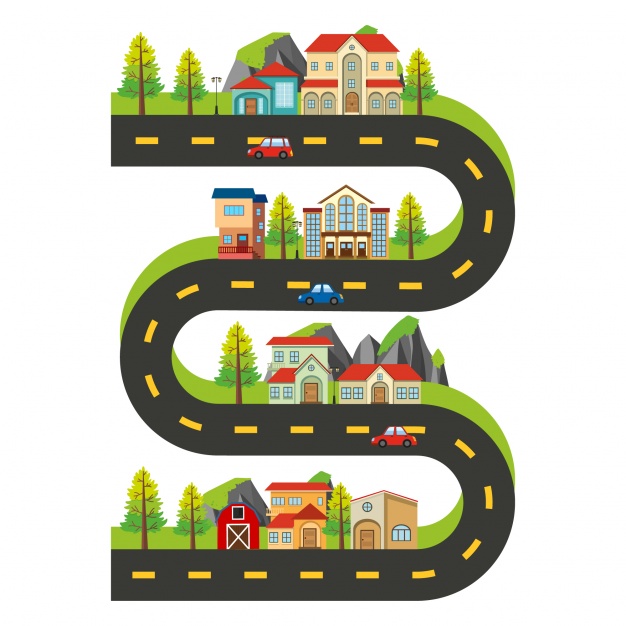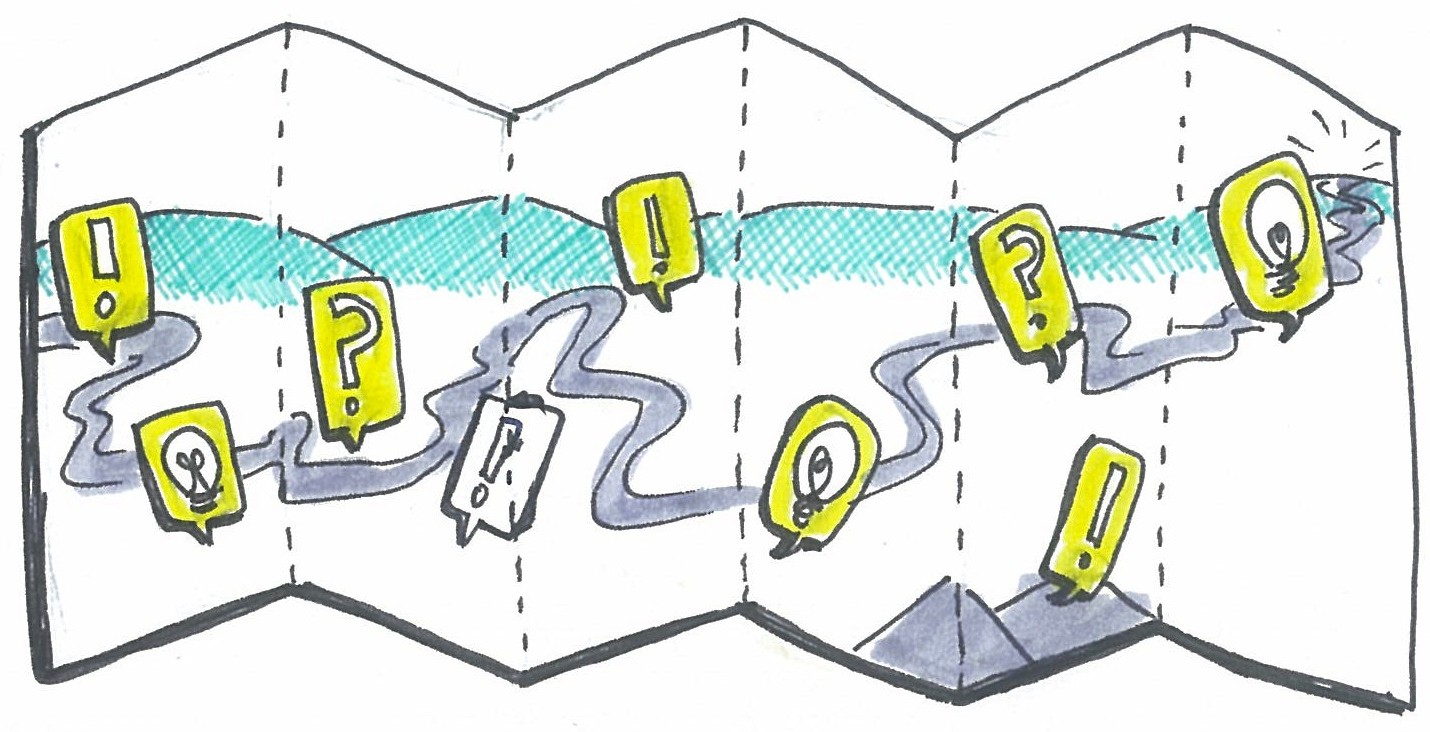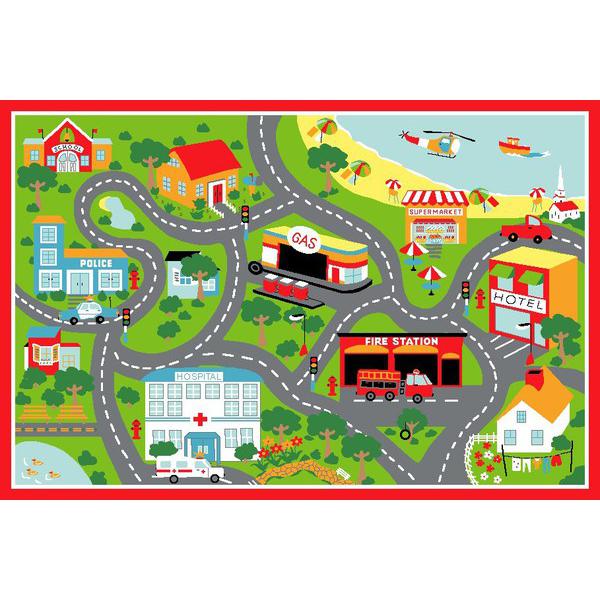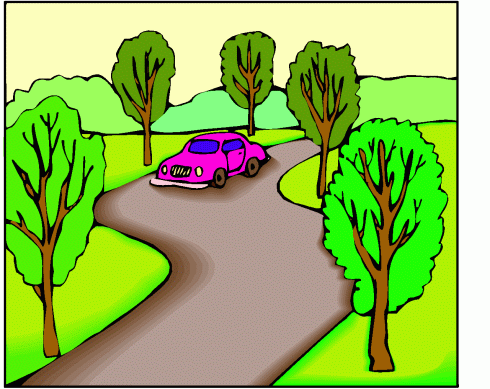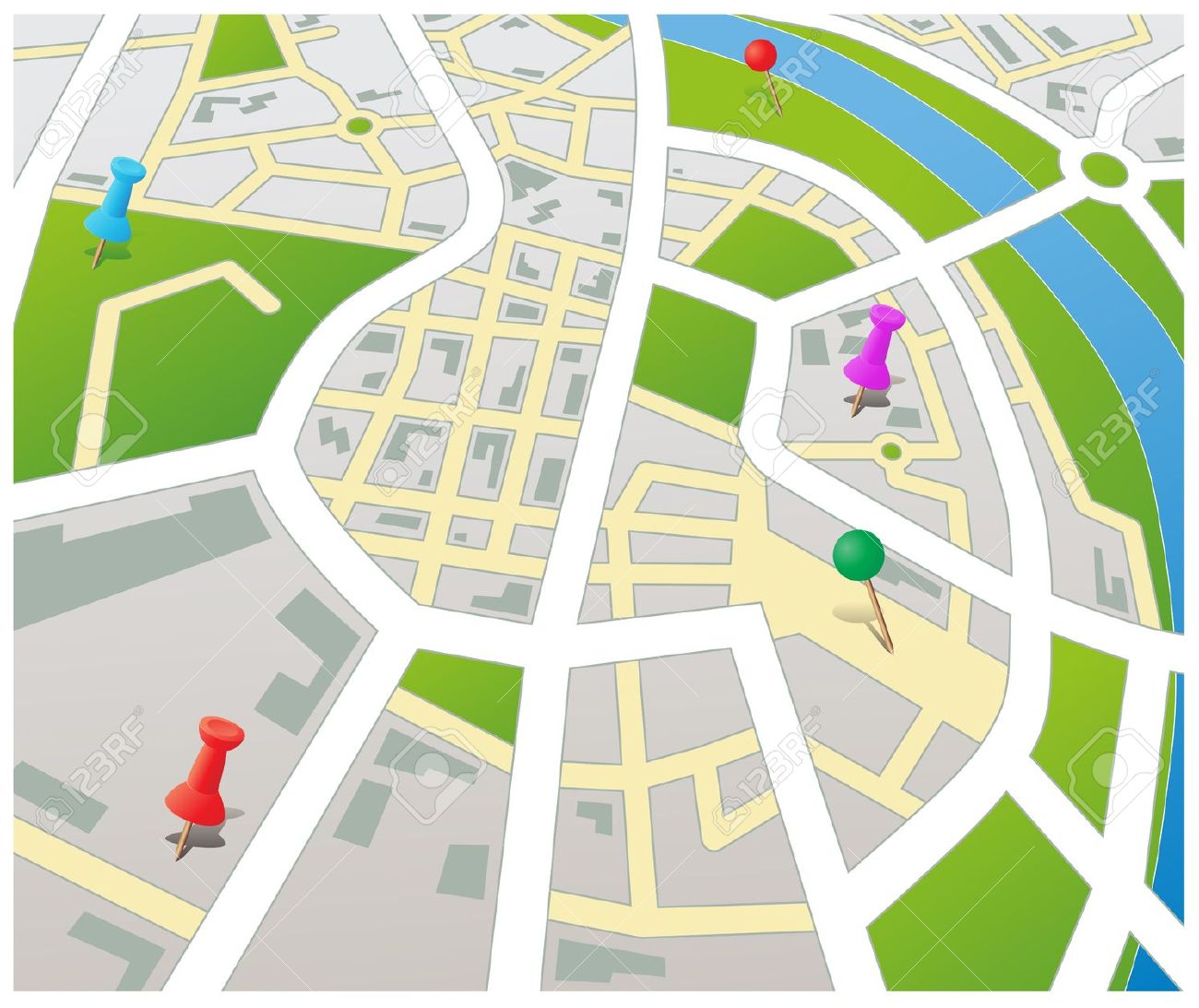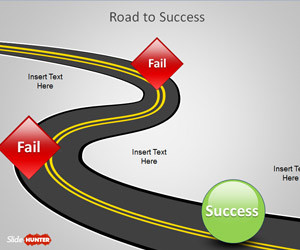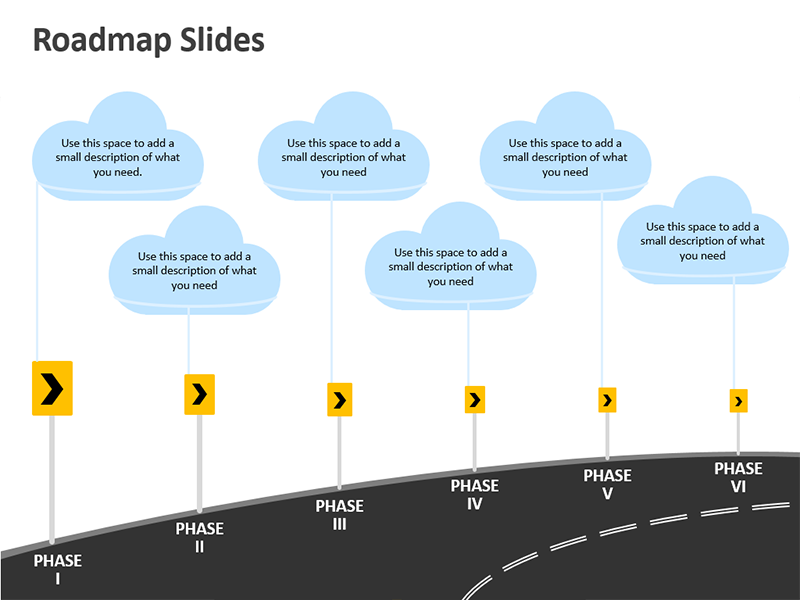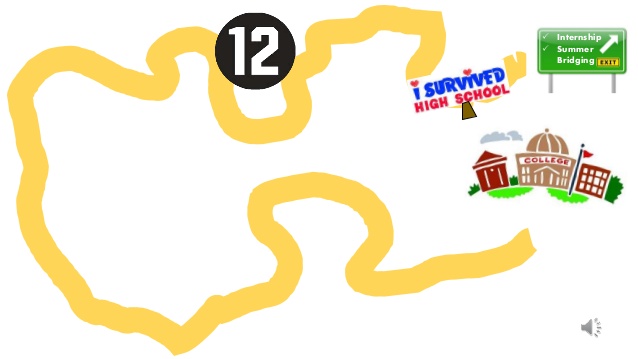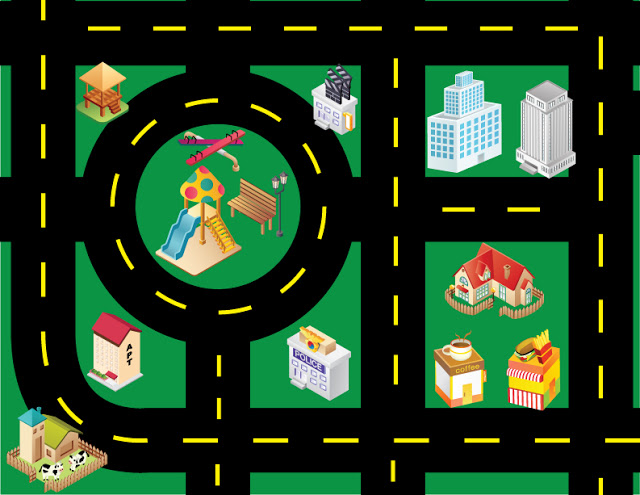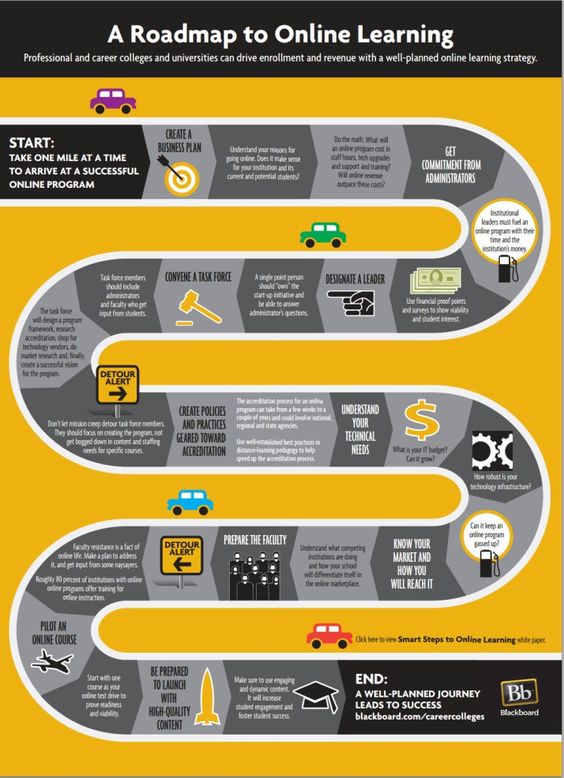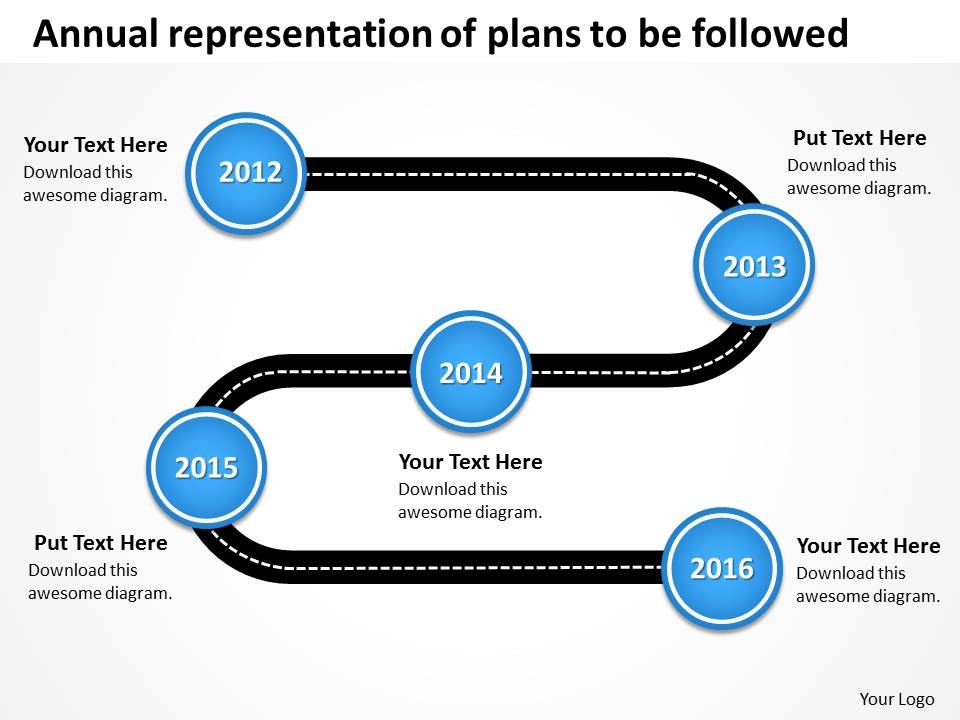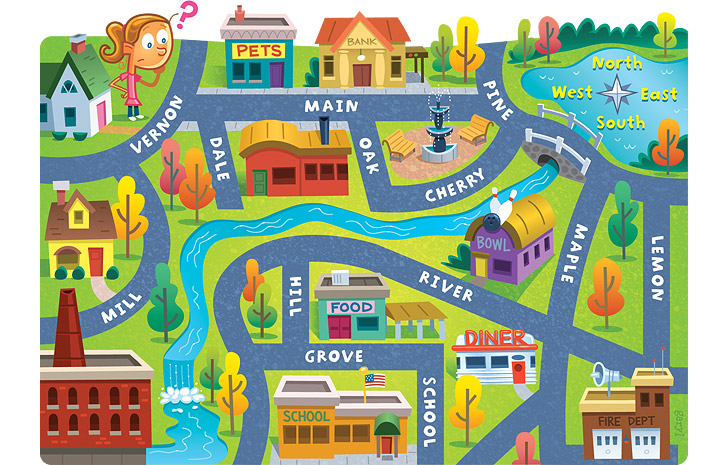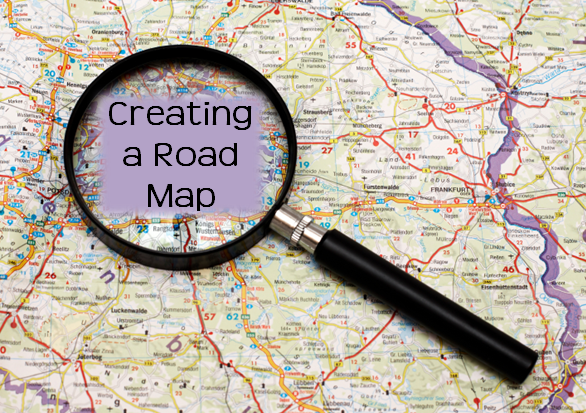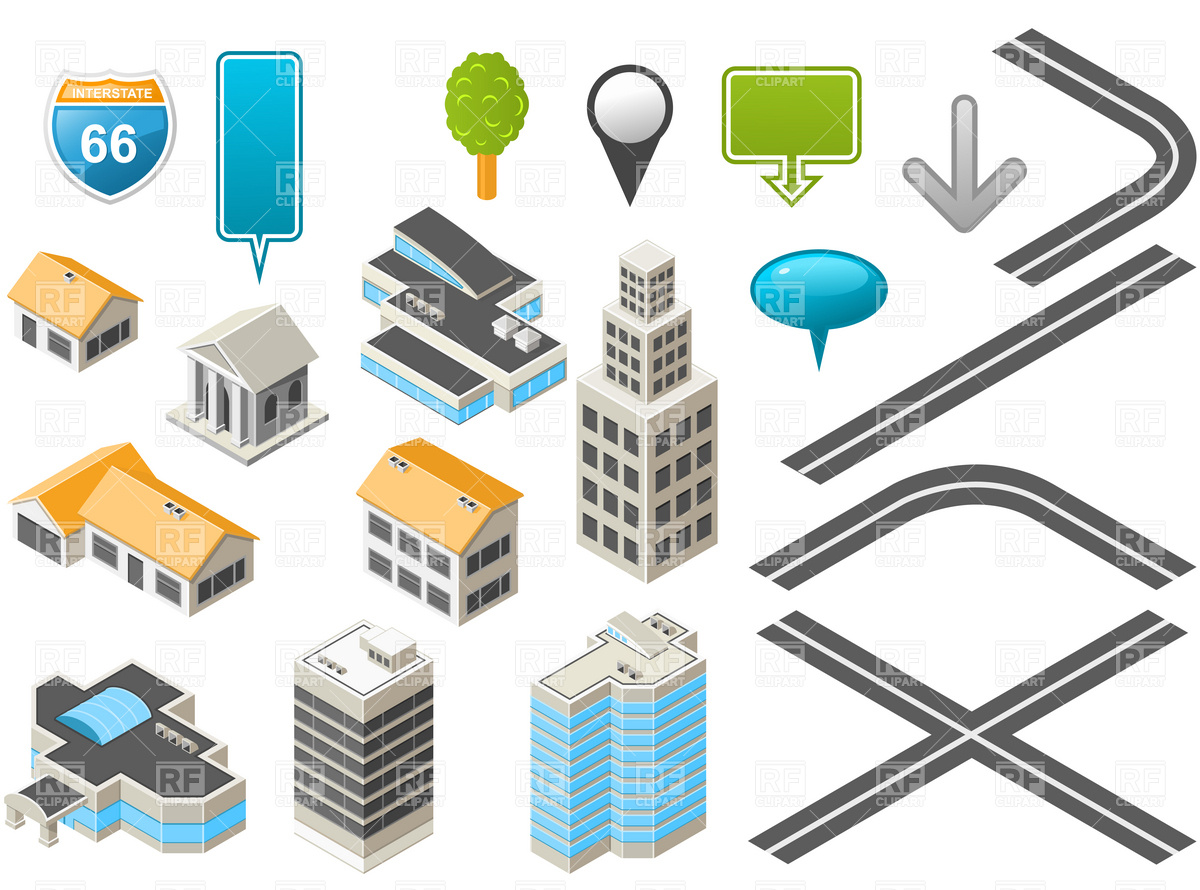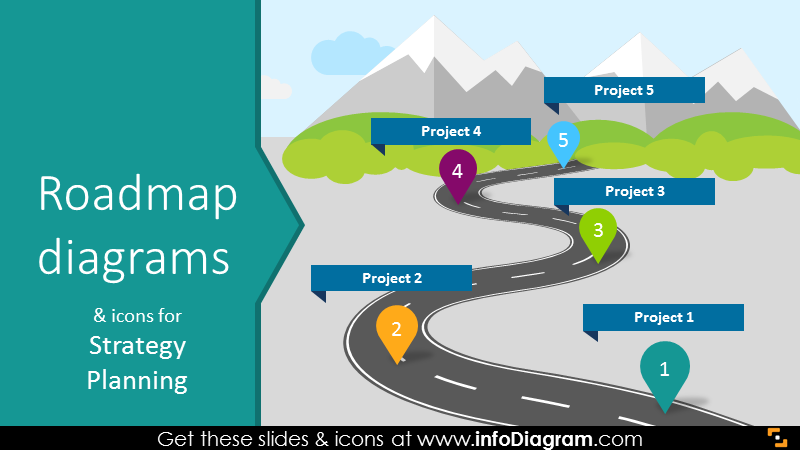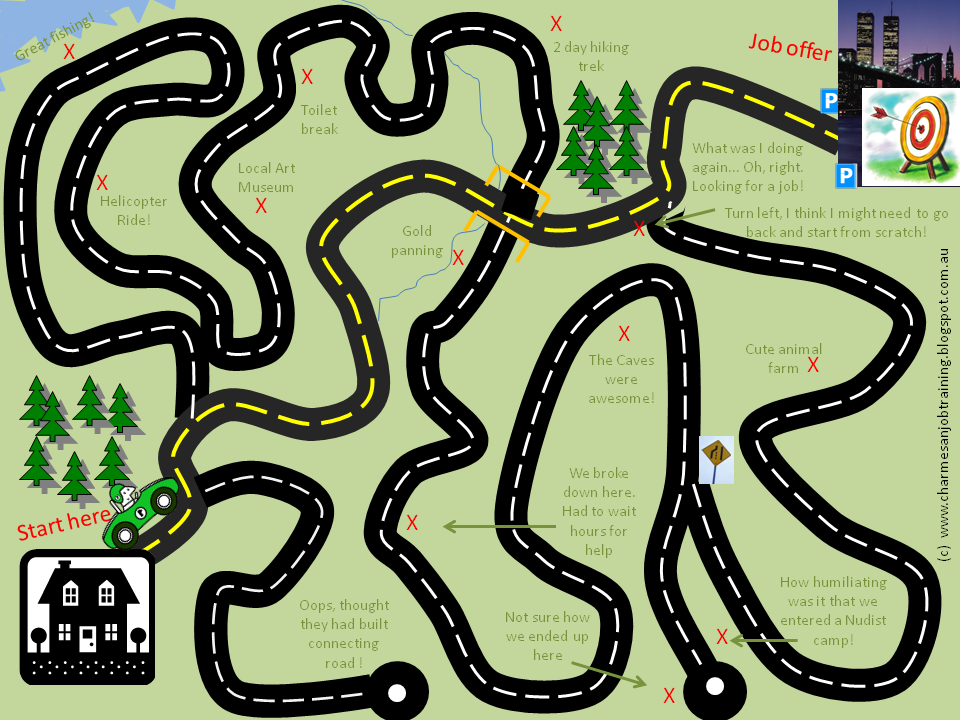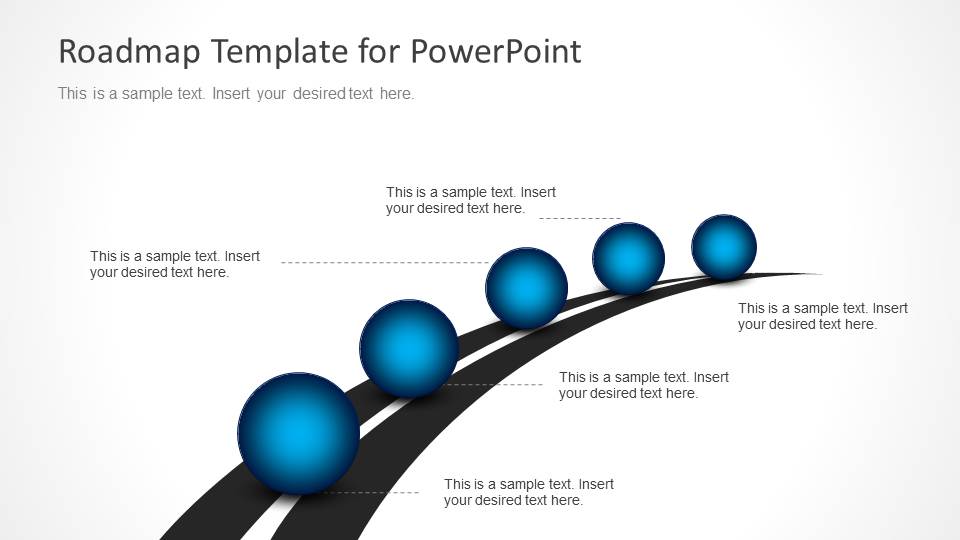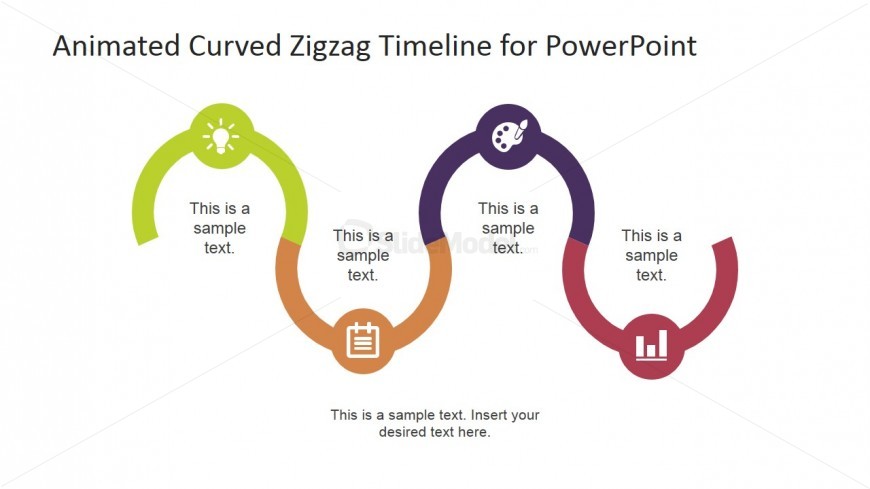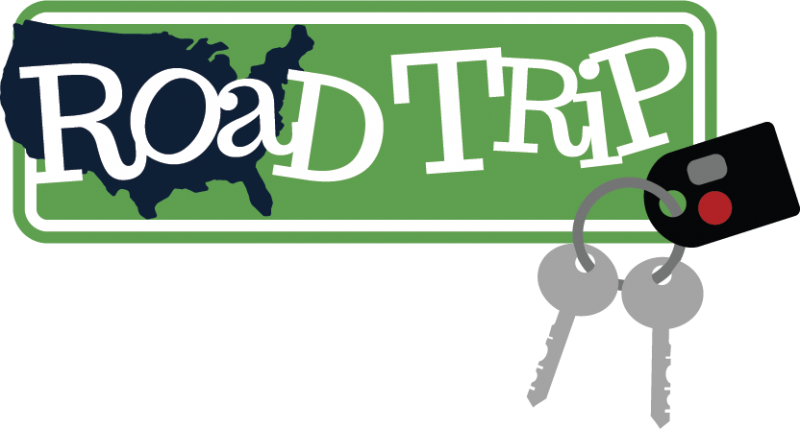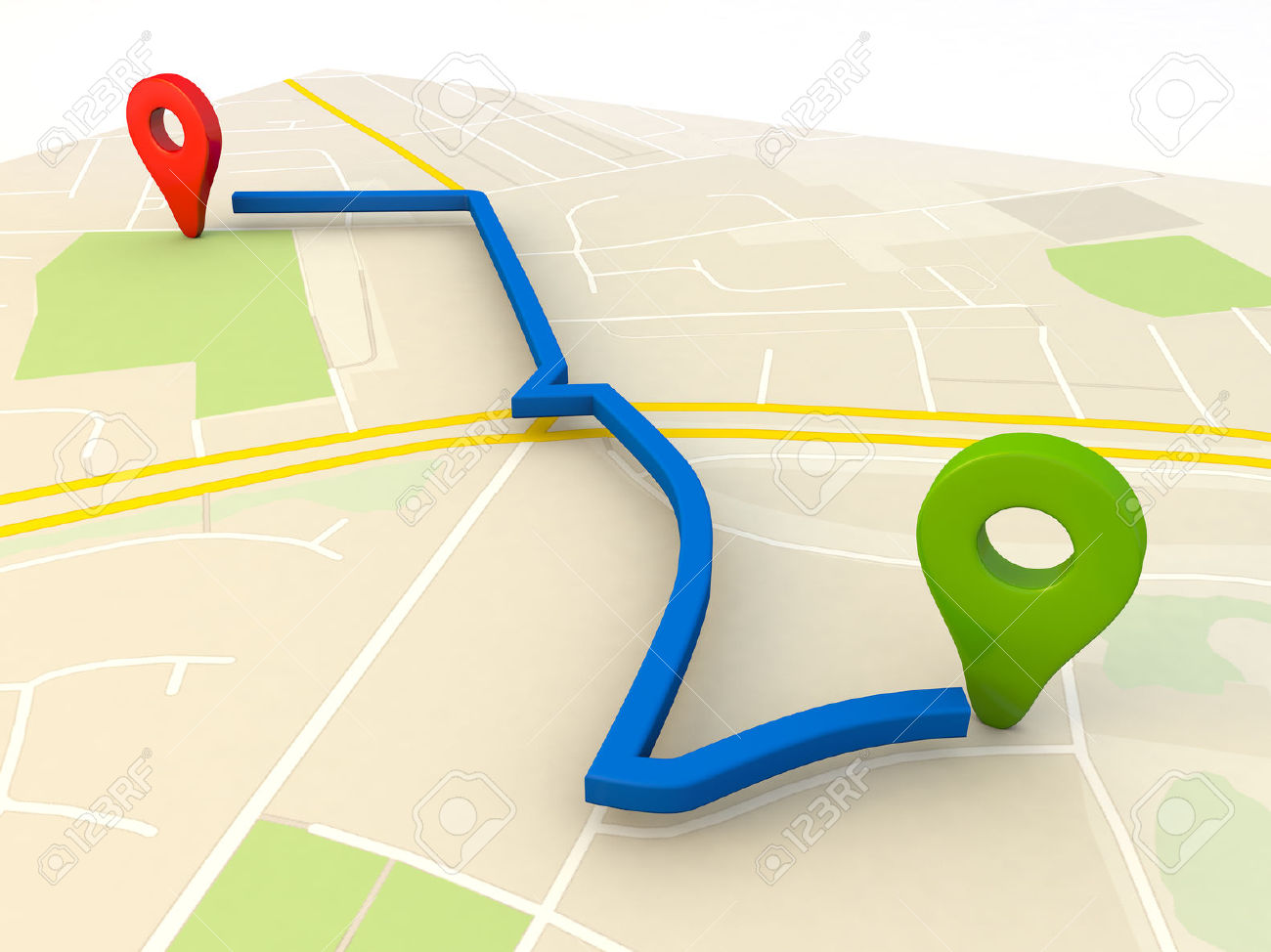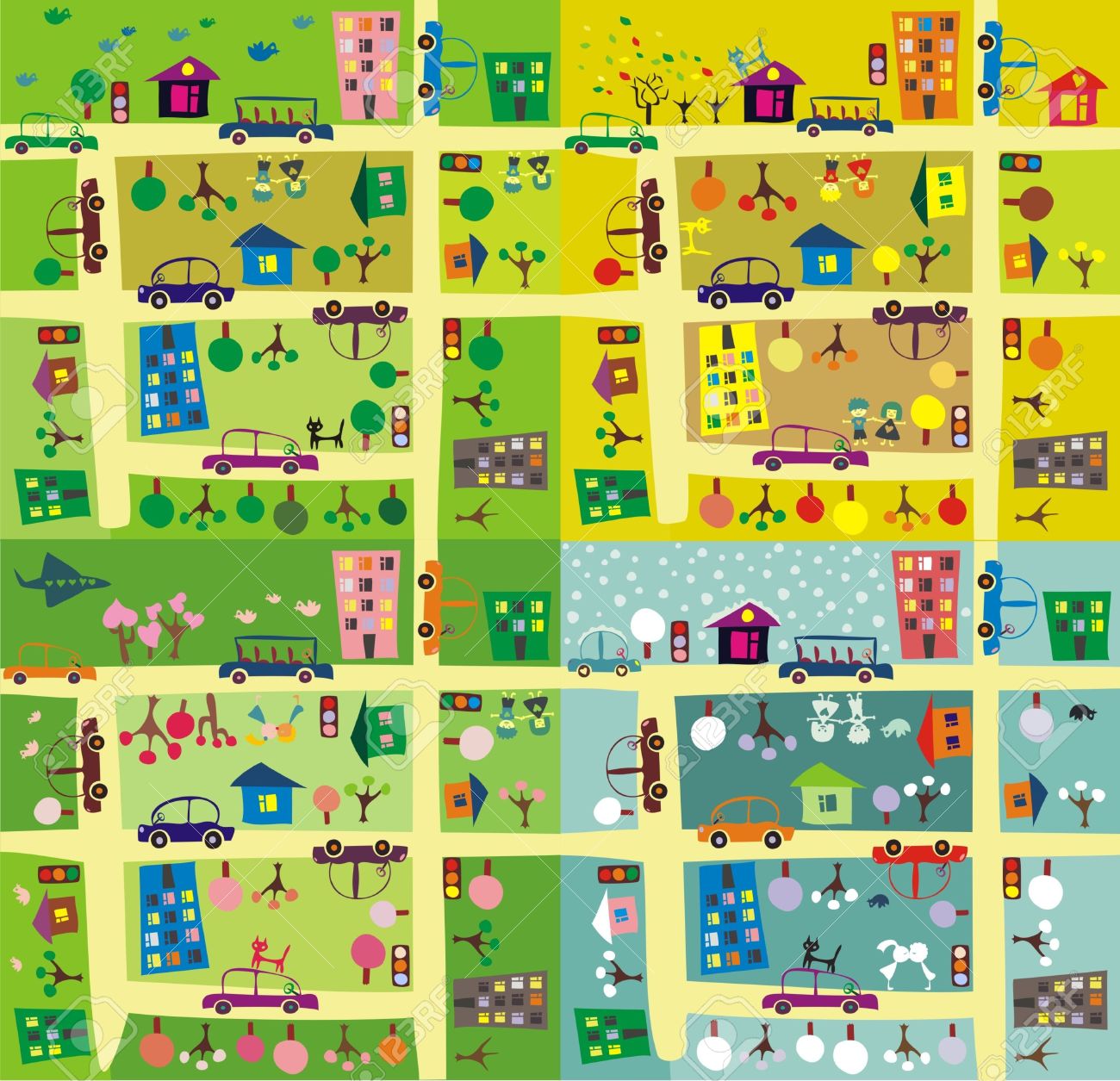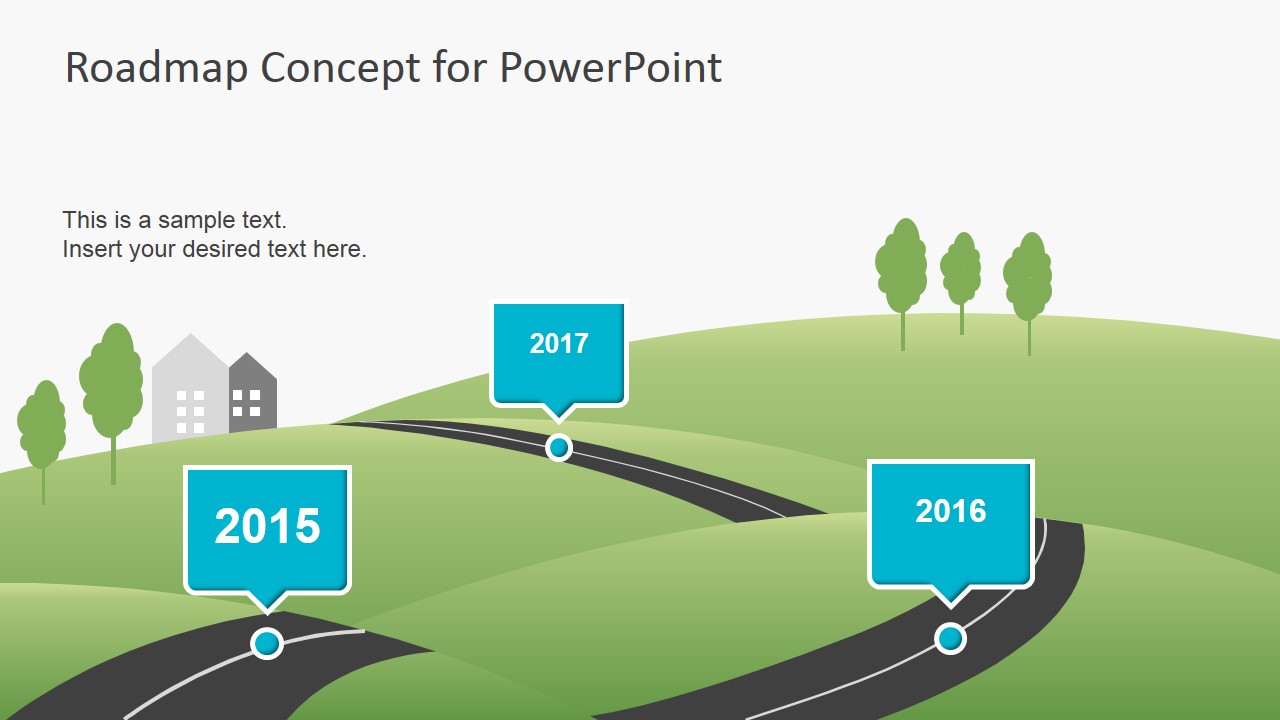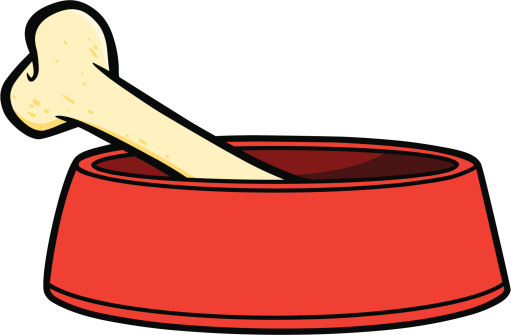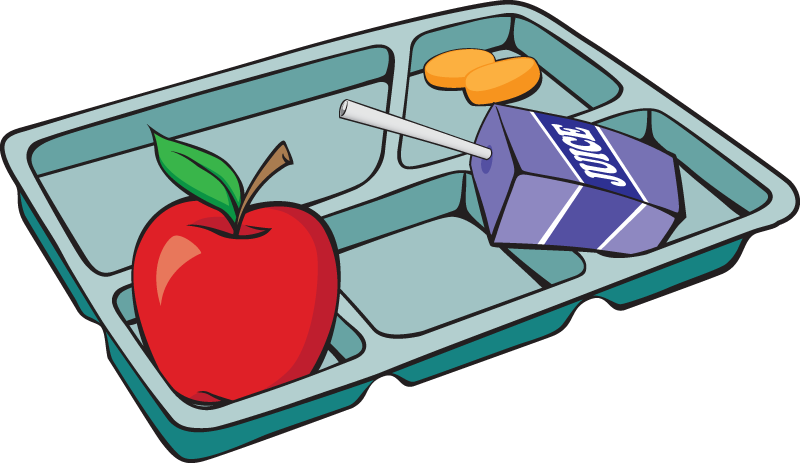Roadmap Clipart
A roadmap is a detailed plan that outlines the steps necessary to achieve a specific goal or objective. These plans are used across a wide range of disciplines, from technology and business to personal and professional development. A well-crafted roadmap provides a clear understanding of the objectives, timelines, and necessary resources required to reach your desired destination.
Whether you are starting a new project or pursuing a new career path, a roadmap is essential to achieving success. This article will guide you through the key elements to consider when creating a roadmap.
Define Your Goals and Objectives
The first step in creating a roadmap is to define your goals and objectives. Before you can effectively plan your journey, you need to know what your destination is. Your goals should be specific, measurable, and attainable. It is also essential to understand the benefits of achieving each of your objectives.
Select a Framework
Once you have defined your goals, it is time to select the framework that will guide your roadmap. Various frameworks are available, including agile, waterfall, and hybrid approaches. The framework you choose should align with your specific needs and goals.
Identify Your Key Milestones
Next, identify the key milestones that you need to achieve along the way. These milestones should correspond with your goals and objectives and provide a visual representation of your progress. Milestones are essential because they keep you on track and ensure that you are making progress towards your ultimate destination.
List Your Tasks
After identifying your milestones, it is time to list your tasks. Tasks are the individual steps that you need to complete to achieve each milestone. When creating your task list, ensure that every task is specific and achievable. Break down complex tasks into smaller, manageable steps, making it easier to stay focused and motivated.
Set Deadlines
Deadlines are critical in ensuring that you stay on track and make progress toward your goals. Set realistic deadlines for each milestone and task. Consider your available resources, such as time and finances, when setting your deadlines.
Assign Tasks and Responsibilities
Assign specific tasks and responsibilities to team members if necessary. Ensure that each team member understands their role, deadlines, and the importance of their contributions to the overall success of the project. This will help to ensure that everyone is working towards a common goal and that tasks are completed on time.
Identify Necessary Resources
Identify any necessary resources. This includes financial resources, tools, and equipment. Ensure that you allocate enough resources to each task, making it easier to achieve the desired results.
Monitor Your Progress
Monitoring your progress is essential to ensure that you are on track and that you are meeting your objectives. Regularly review your roadmap and assess your progress. If necessary, refine your plan and adjust your milestones and deadlines.
Creating a roadmap is an effective way to achieve your goals and objectives. It provides a clear understanding of what you need to do and when to achieve your desired results. By following the above steps, you will create a roadmap that is clear, concise, and achievable. With this roadmap in place, you can achieve success in whatever endeavor you pursue.
53 Roadmap Clipart vector / images. Browse the popular clipart of roadmap and get Roadmap Clipart for your personal use. Please share these Roadmap Clipart to your friends if it is useful.
